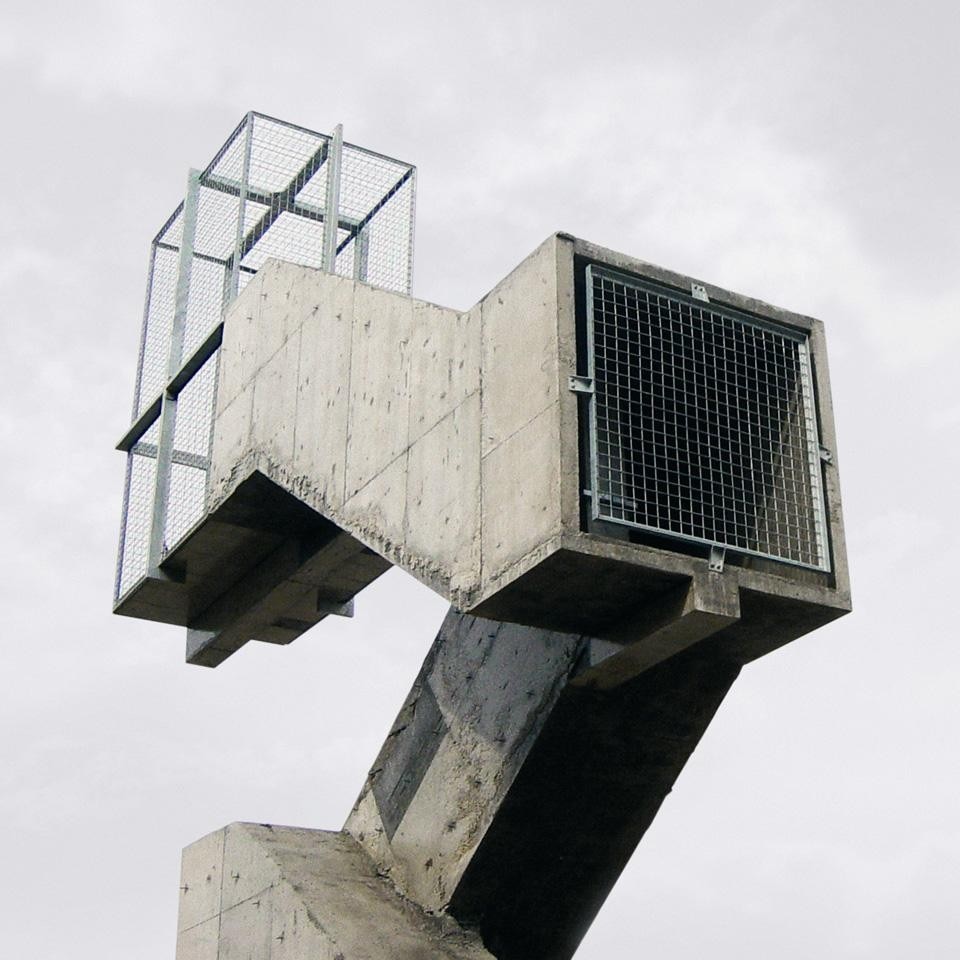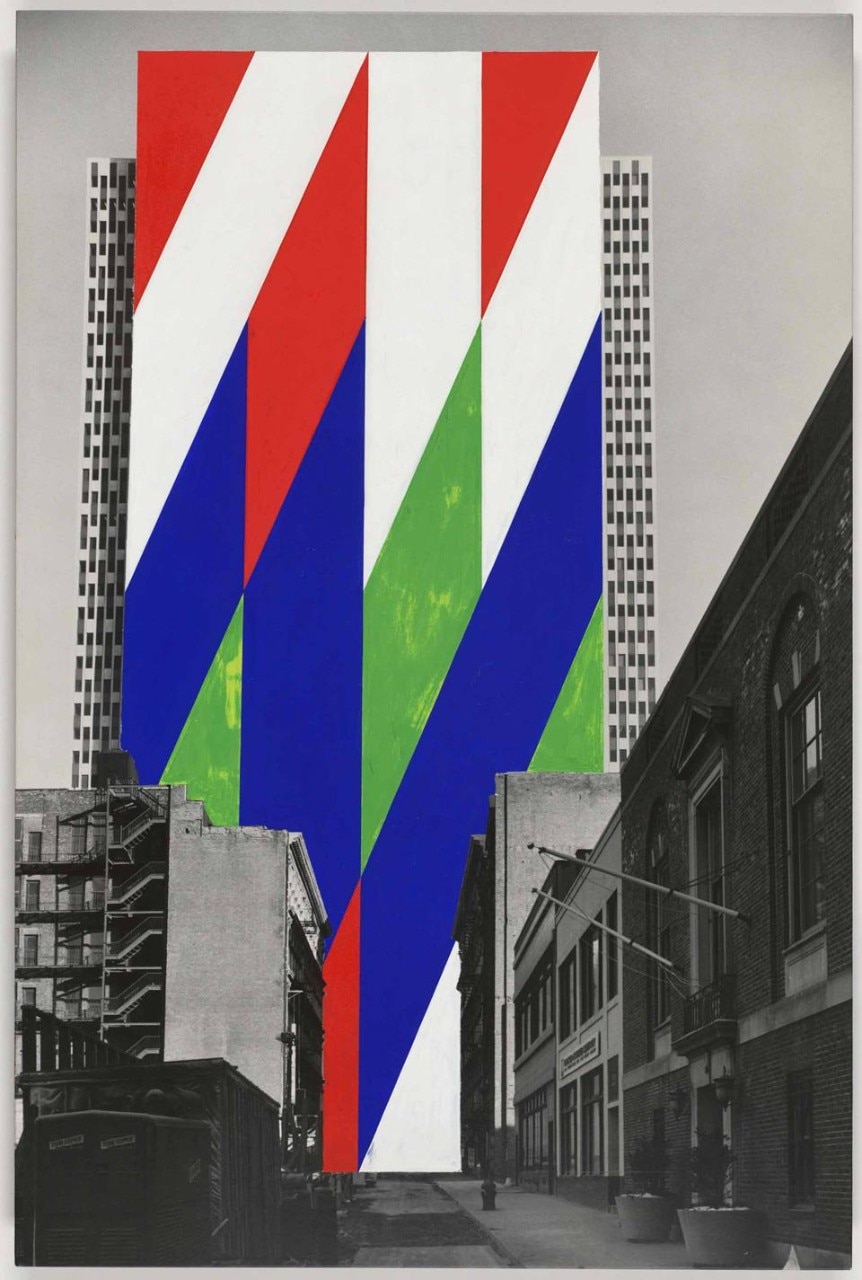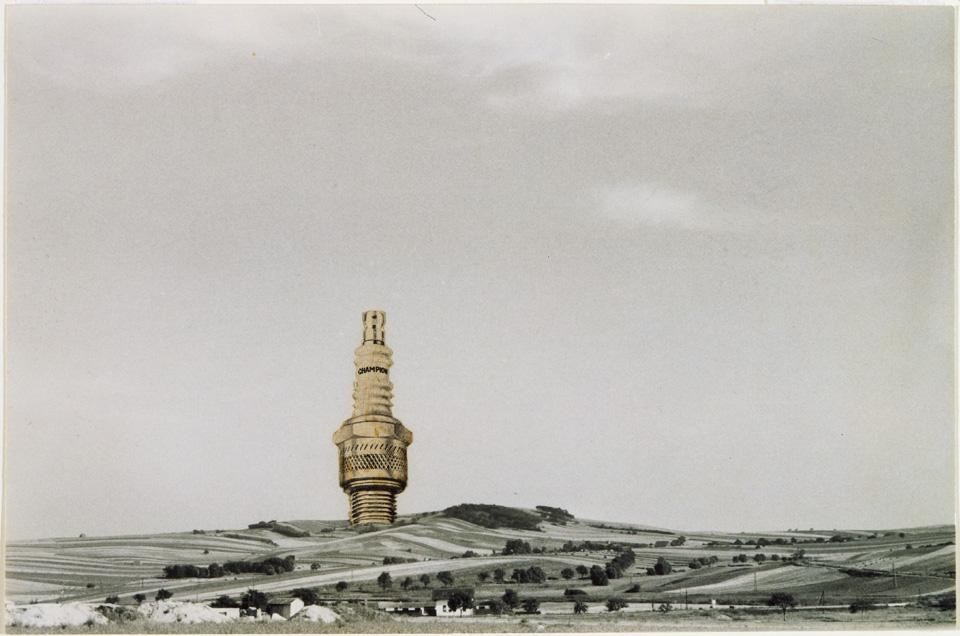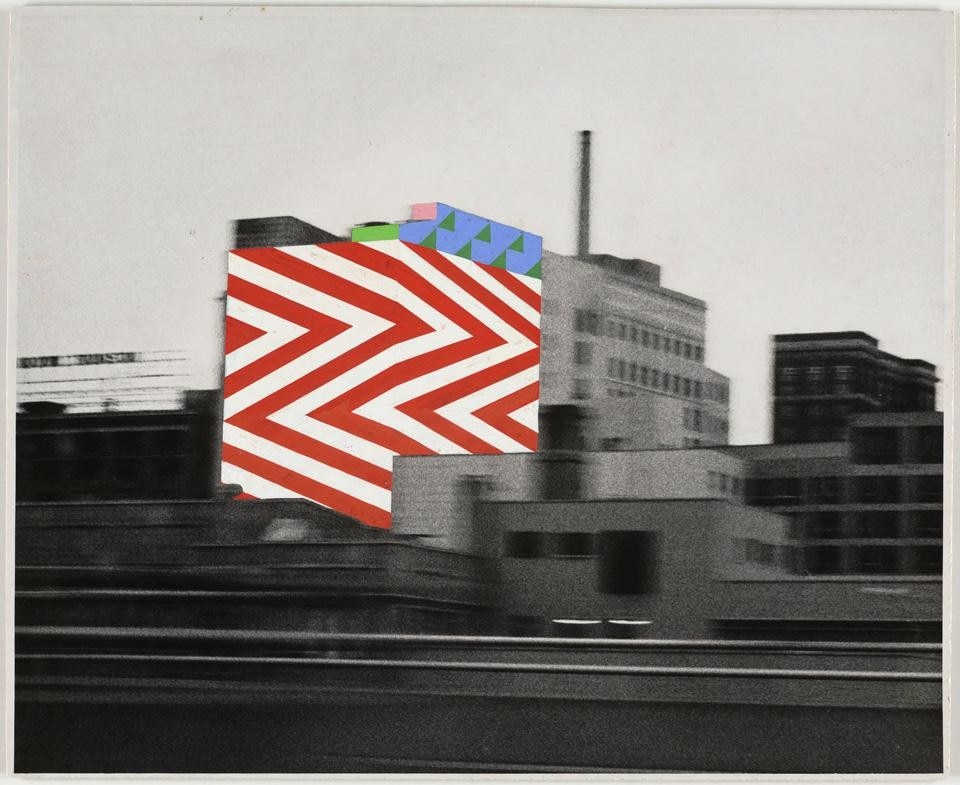9 + 1 Ways of Being Political is Portuguese architect Pedro Gadanho's first show as Contemporary Architecture and Museum Design curator for MoMA, and has been organized together with Curatorial Assistant Margot Weller. The show replaces Barry Berdoll and Reinhold Martin's extensively researched and commissioned exhibition Foreclosed: Rehousing the American Dream, and, I am sure, with a much smaller budget. While Gadanho is somewhat less brave than Bergdoll in the format and ambitions of his curatorship, he marks himself as an agile character eager to stay in synch with contemporary events.
The exhibition brings the third floor of MoMA back to the function of representing, historicizing and classifying social change instead of facilitating it. Perhaps even more importantly, the galleries have returned to exclusively displaying MoMA's permanent collection, which conveys a politics of its very own. While most of the works date from the 1960s to 1980s, the vast majority of them have been acquired after 2000.


In the final and most successful section of the exhibition, The Politics of the Domestic: 2011-2012, the personal is turned political with MoMA's recent acquisition IKEA Disobedients by Madrid based Andrés Jaque Architects. While projects explicitly dealing with issues of gender and sexuality is conspicuously absent from the other 9 more historically based sections, Andrés Jaque Architects' short 2011 video and scheduled performances provide a hard-hitting renunciation of the whitewashed and youth-obsessed heteronormativity of the world's most published text: the IKEA catalogue. With plans to publish 208 million copies this year, the IKEA catalogue will exceed the bible by double. It provides stark evidence, not only of our obsession with domestic culture, but also of the immense cultural impact of IKEA's domestic ideology.
Obviously, architecture and politics have a much richer history than the one presented to us in this exhibition. There are many battles fought over the right to be represented, and to experiment with alternative forms of dwelling and social organization, that have not been given a proper voice



